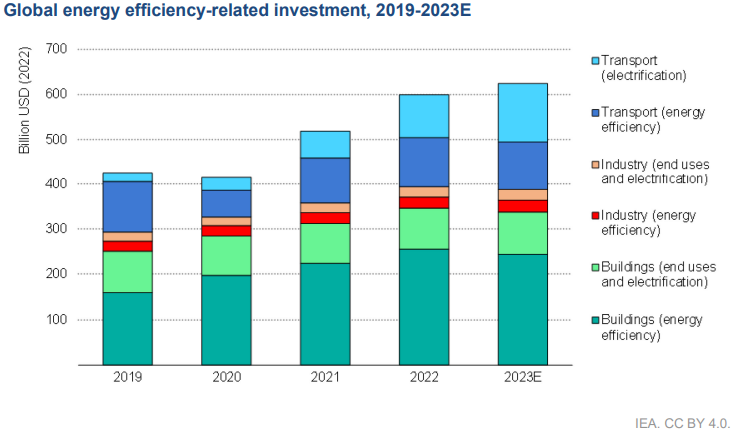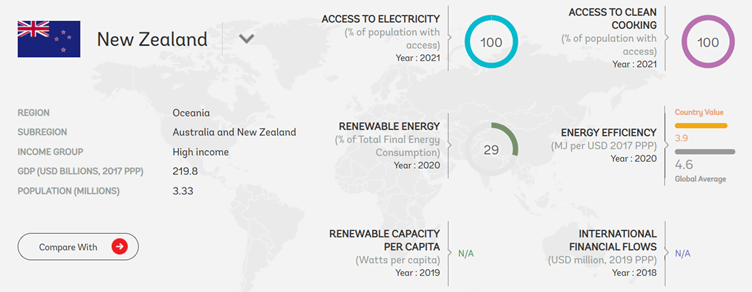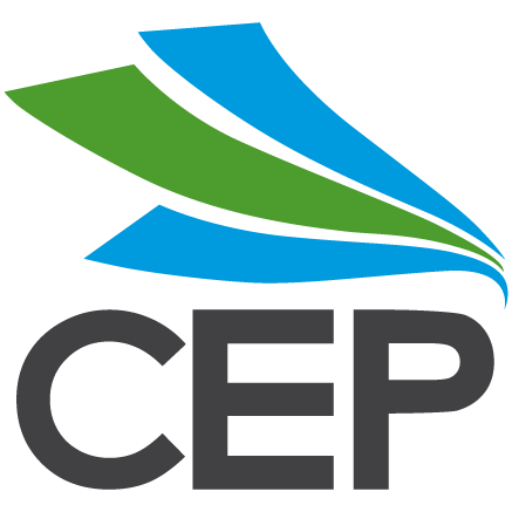Efficiency Creates Jobs, NZ’s Record on SDG7 and the Climate Cost of Pets
In this issue:
Efficiency could create 12 million jobs
To coincide with its 8th Global Conference on Energy Efficiency, the IEA published a report this week reaffirming the importance of efficiency in attaining climate targets. The report reveals efficiency improvements in 2022 stood at 2.2%, twice the growth of demand increase. Expenditure on efficiency is expected to reach US$600bn in 2023 but this is still not enough. The IEA says a doubling of progress to over 4% pa is needed to attain its net zero scenario. That would mean tripling annual investment to US$1.8trn a year and would create 12 million jobs and bring access to electricity to 800 million people. It would also deliver around a third of the emissions reductions needed to achieve net zero.

Our progress on SDG7
Meanwhile the latest data from IRENA, which has set up a tracker for progress against SDG7, ensuring access to affordable, reliable, sustainable and modern energy, shows, while New Zealand has good access to electricity and its proportion of renewables is comparatively good, it is significantly underperforming on efficiency, rating at 3.9 against a global average of 4.6.

Beyond stability
It’s widely accepted that we have pushed beyond a safe boundary when it comes to climate change. It’s not alone. According to new research from the Earth Commission, we have exceeded safe boundaries for maintaining human wellbeing for seven of eight critical earth systems. The study quantifies safe and just boundaries for climate, biodiversity, freshwater and different kinds of pollution to air, soil and water. All but air pollution have already been breached. The headline illustration below doesn’t really do the analysis justice, so if interested please follow the link for more detail.

A different approach to decarbonising heavy industry
Government support for decarbonising heavy industry is widespread. The German government has established a slightly different mechanism to the more common direct investment subsidy or grant having recently announced a contracts for differences scheme backed by a whopping €50bn fund over 15 years. Applicants are required to submit a fictional carbon price that they would need to make switching economically viable. The government then subsidises the difference between that and the prevailing carbon price. The key difference is that the scheme assists with operational costs rather than capital investments. The plan still needs EU approval but the Government is optimistic it will proceed.
A threat to more than wildlife
There have been a lot of stories in our media recently about the risks to our biodiversity from cats – but what about other risks posed by our furry “friends”? It seems pet ownership is increasing around the world and more than 50% of households have some form of pet. Their environmental impact is huge. Feeding a 10kg dog (Dachshund size) for a year with wet food comes with 6.5t of CO2 emissions. It’s a lot less for dry food but still considerable. Apparently, the average dog size is over 20Kg. For context, emissions from the production of cat and dog food in the US are about 25%-30% of those from animal products for humans, not insignificant then. Also, cat and dog foods are becoming humanised with more expensive, and higher emissions, ingredients finding their way onto Lassie’s menu. Perhaps it’s time to rethink what we feed our pets and, perhaps even, whether we should have them at all.
1,000Km range in 6 minute charge
That’s the claim for its new battery from Greater Bay Technologies, part of GAC, one of China’s largest EV producers. Able to charge in a temperature range of -20C to 40C, resistant to charge loss at low temperatures and chargeable using any voltage between 300 and 1,000, the new technology brings significant improvements across a range of battery features. The battery has an energy density of 260Wh/kg. That translates into 1,000 Km of charge in around 6 minutes. Greater Bay’s factory is expected to start production this year and the first vehicles with the new technology are expected early in 2024.
